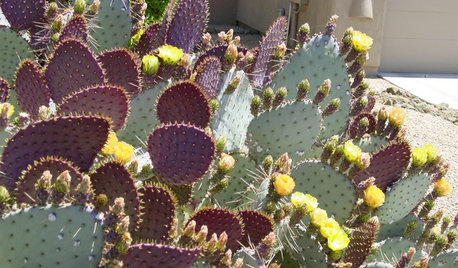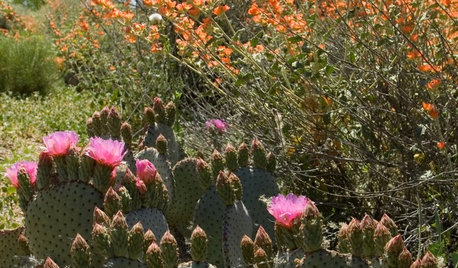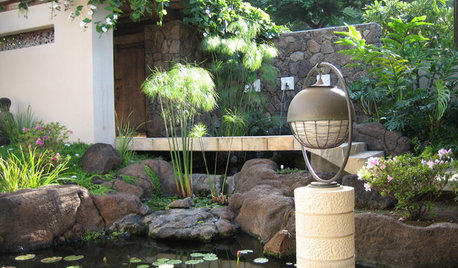Asian Pear Varieties
chills71
17 years ago
Featured Answer
Comments (27)
Scott F Smith
17 years agoRelated Professionals
Frisco Landscape Contractors · Medford Landscape Contractors · Wilmington Landscape Contractors · Beachwood Landscape Contractors · Brandon Landscape Contractors · Fort Mill Landscape Contractors · Lakewood Landscape Contractors · Lantana Landscape Contractors · Manhattan Landscape Contractors · Merced Landscape Contractors · North Lauderdale Landscape Contractors · Raleigh Landscape Contractors · Shirley Landscape Contractors · Wayland Landscape Contractors · Weslaco Landscape Contractorslucky_p
17 years agojellyman
17 years agolucky_p
17 years agopitangadiego
17 years agojellyman
17 years agoswvirginiadave
17 years agolucky_p
17 years agostallions
17 years agoblueberrier1
17 years agojoereal
17 years agoorganicgrower
17 years agomurkwell
17 years agojoereal
17 years agojoereal
17 years agoswvirginiadave
17 years agogeraldo
17 years agojoereal
17 years agokiwinut
17 years agojoereal
17 years agokarpes2
17 years agothistle5
17 years agogeraldo
17 years agoorganicgrower
17 years agoorganicgrower
17 years agojoereal
17 years ago
Related Stories

EDIBLE GARDENSHow to Grow Your Own European and Asian Pears
Try these trees for their good looks, delicious fruit and wide range of sizes — plus you can espalier them
Full Story
GARDENING GUIDESGreat Design Plant: Santa Rita Prickly Pear for Purple Appeal
Distinctive colored pads and yellow flowers make this cactus a favorite in Southwestern gardens
Full Story
GARDENING GUIDES6 New Plant Varieties That Beat Out Their Parents
With better resistance and fewer demands, these garden beauties are worth a spot on your wish list
Full Story
GARDENING GUIDESGreat Design Plant: Beavertail Prickly Pear Wows With Color
The dazzling magenta flowers of this cactus will snag your heart — just beware the bristles that can stick in your skin
Full Story
LANDSCAPE DESIGNRecipe for Asian Edible Garden Style
A surprising number of food plants are hiding out in Asian-themed landscapes. Add a few more and extend the Zen flavor to the kitchen
Full Story
BATHROOM WORKBOOKBathroom Workbook: 13 Elements of Asian Style
Create a soothing, spa-like bath with simple materials and a deep connection to nature
Full Story
9 Elements of Asian Style
Let Your Bath Be Inspired by an Appreciation of Nature, Simplicity and Asymmetry
Full Story
EDIBLE GARDENSWhy Grow Quince? For Beauty, Fragrance and Old-Time Flavor
Delightfully perfumed fruit and lovely spring blossoms make this apple and pear cousin worth a spot in the garden
Full Story
DECORATING GUIDESDesign Trends: Create Your Own Global Style
From Ikats to Chinoiserie, It's Easy to Put a Twist on Indian and Asian Design
Full Story
HOUZZ TOURS5 Homes Full of Far Eastern Influences
Get ideas for Asian-style architecture and interiors from 5 distinctly different homes
Full StorySponsored
Your Custom Bath Designers & Remodelers in Columbus I 10X Best Houzz
More Discussions









swvirginiadave